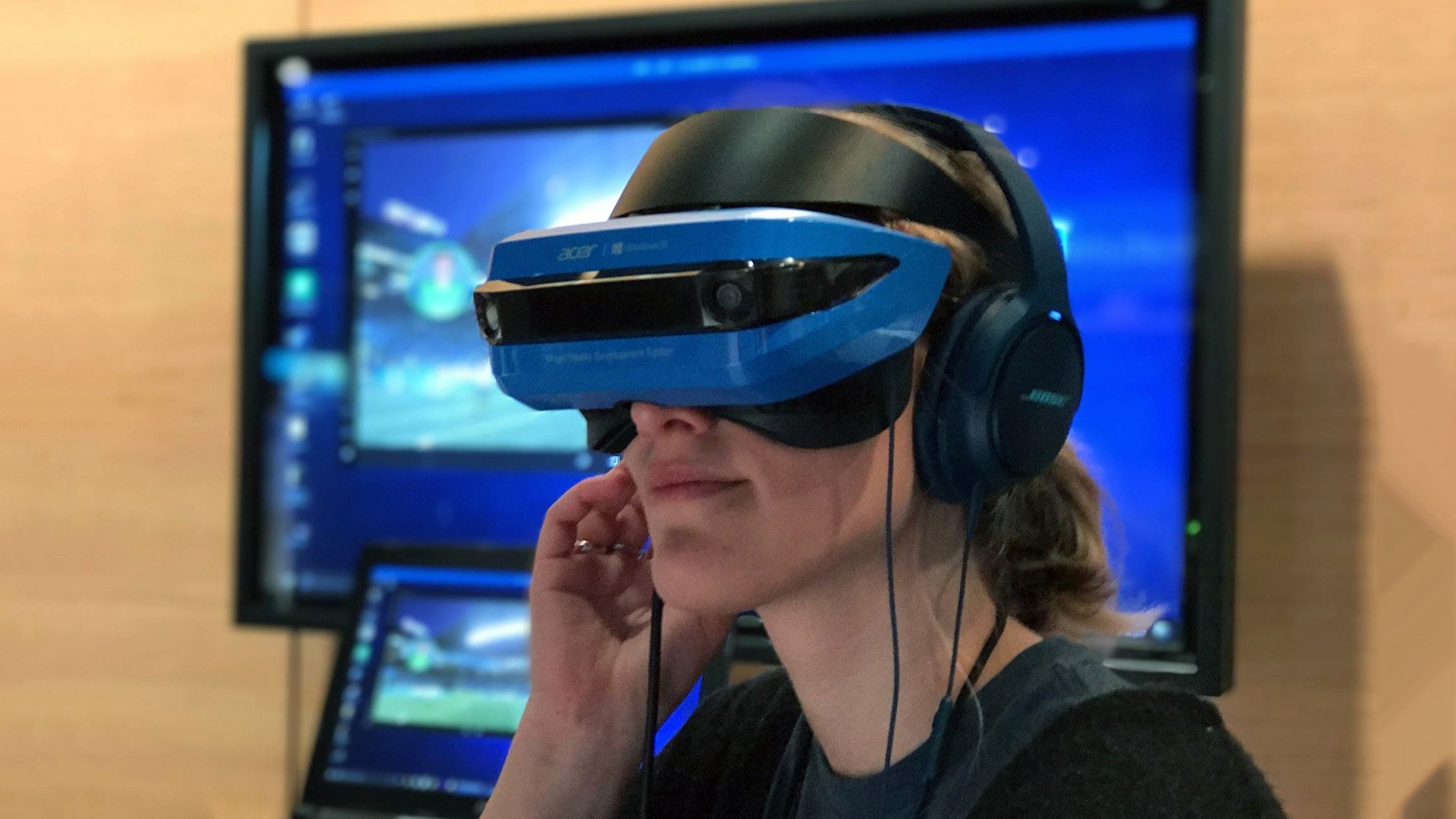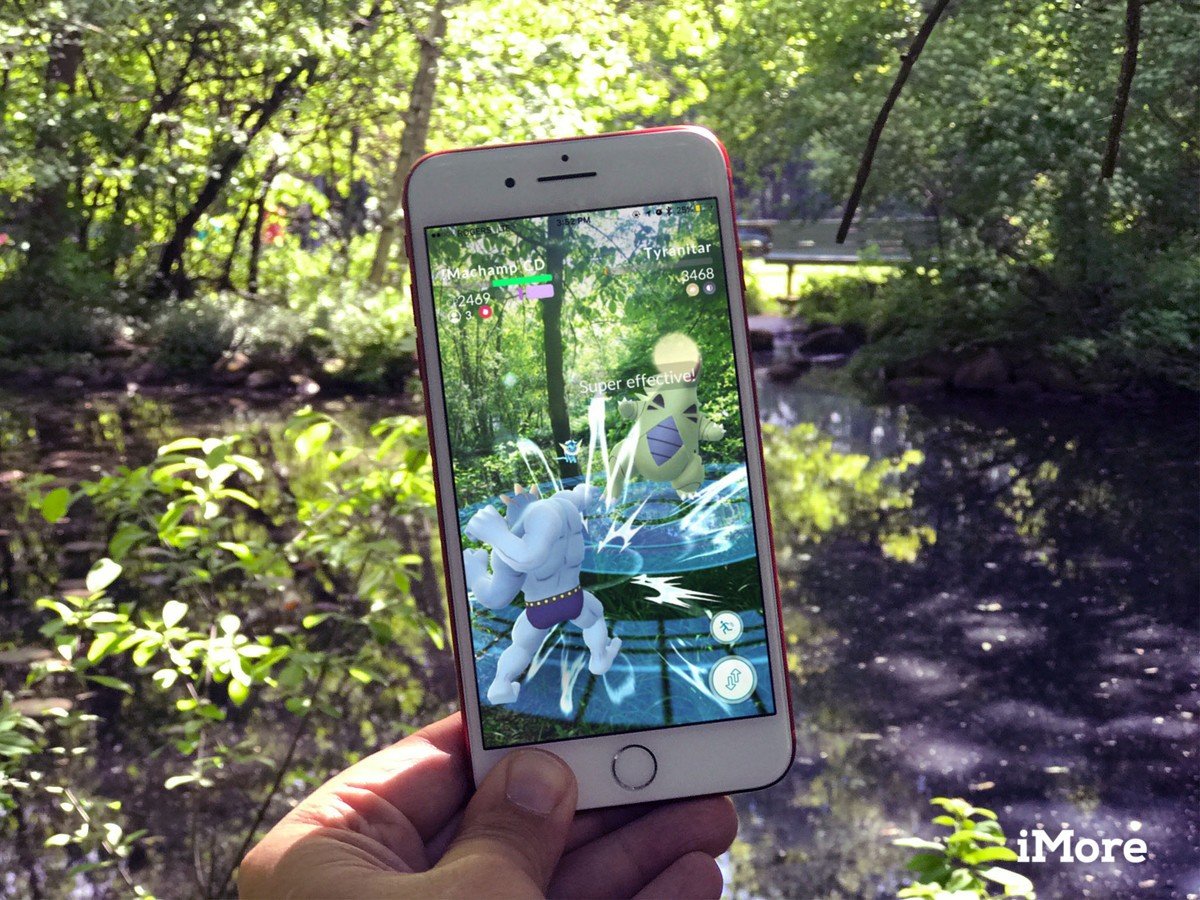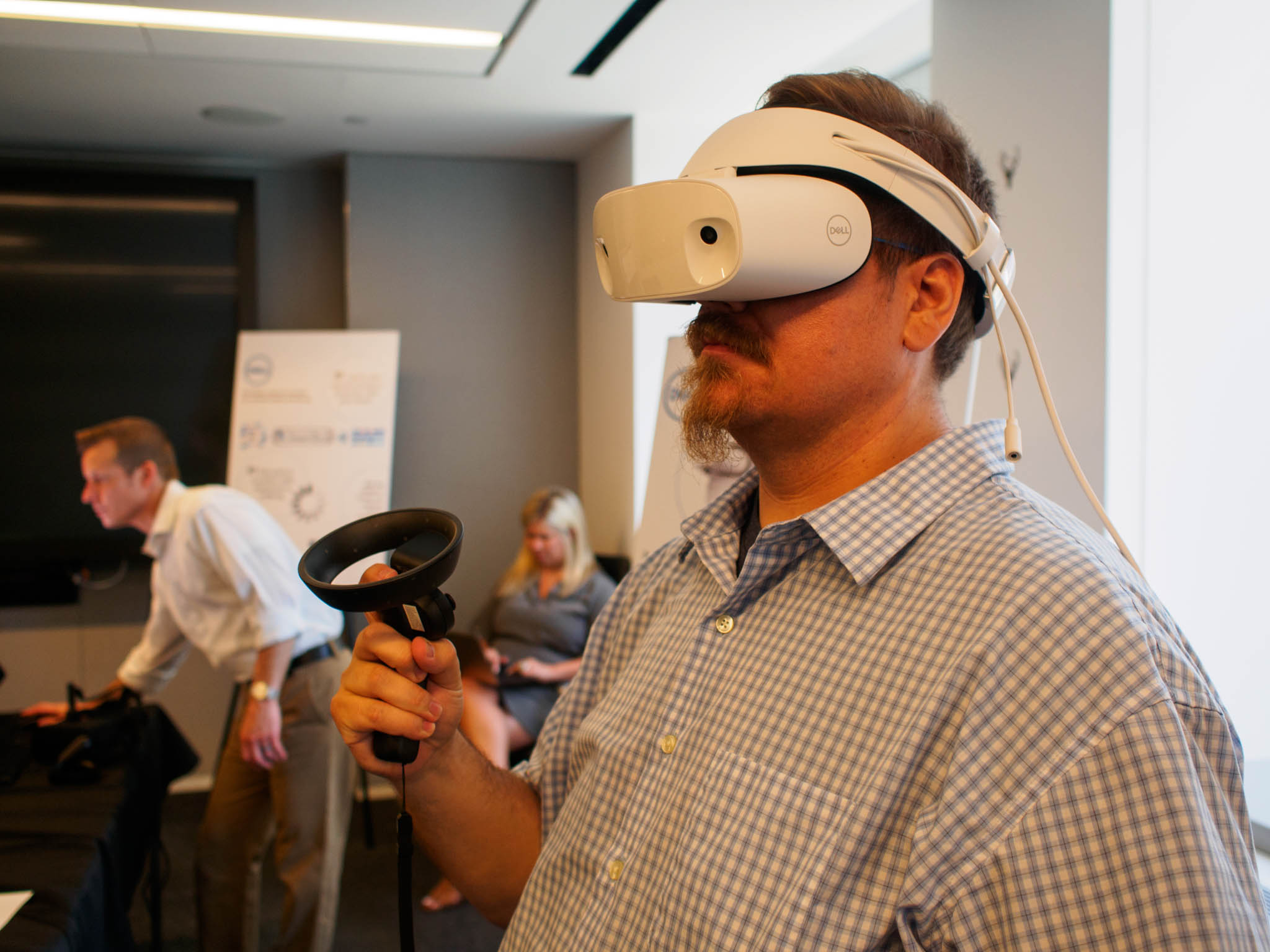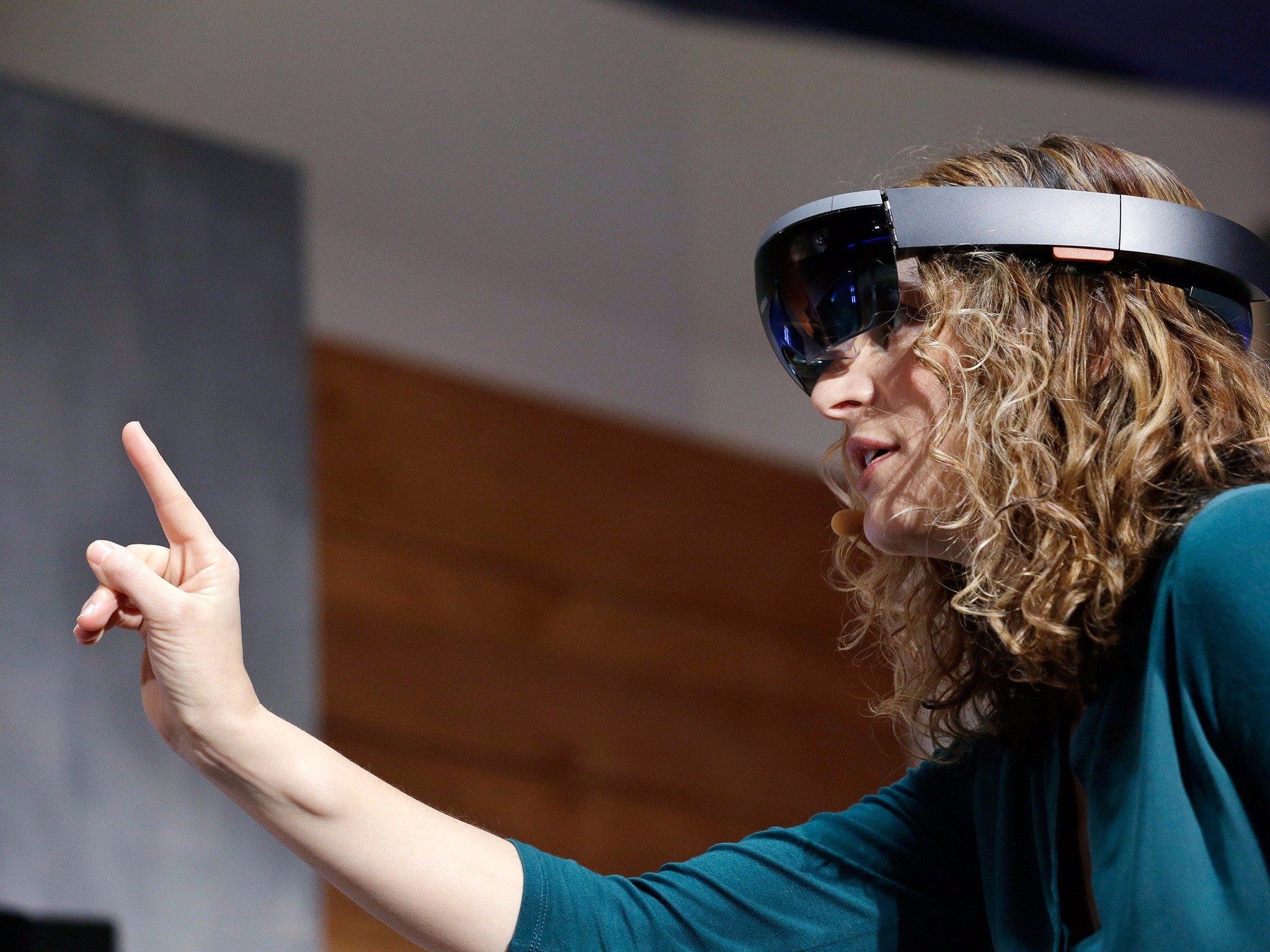What's the difference between Augmented Reality and Mixed Reality?
Is there a difference between Augmented Reality and Mixed Reality? Well, yes and no.

The term "Windows Mixed Reality" is exciting and different, but it's a challenging thing to define in simple terms to someone who isn't already paying close attention to what Microsoft is doing with this technology. We already have Virtual Reality, a system where you put a headset on and replace the real world with a totally different one. It's clear by seeing Microsoft's work with Hololens that Mixed Reality and Virtual Reality aren't the same thing. What about Augmented Reality, though? We're starting to hear more about Augmented Reality from Apple and Google as this thing you use to add things to the real world by looking through a display, and that sounds an awful lot like Hololens without the helmet.
Here's where Mixed Reality and Augmented Reality differ, and why that difference is important to define sooner rather than later.
Augment my reality

On a high level, Augmented Reality is what happens when you take the real world and add something to it. The most common example right now is the game Pokemon Go, where you can look through your camera and see Pokemon in the real world. As far as the game is concerned, that creature is standing three feet in front of you and hopping around. As far as the real world is concerned, there's nothing there at all unless you are looking at your phone and seeing this additional thing in the world.
Augmented Reality can be more than gaming, as we've seen so thoroughly demonstrated by Microsoft Hololens. Due to the current limitations in technology, most forms of Augmented Reality happen through a phone with the aid of your camera. Future speculation leads many to believe the next step for Augmented Reality is a set of normal-ish glasses that you simply wear all the time and enjoy the Augmented Reality world all around you. This would make it so your apps would always be around you instead of just in your pocket, which would fundamentally change the way we use computers.

The thing that makes Augmented Reality special comes down to a single word. Presence. With Virtual Reality, you are fully consumed in the "other" place you are taken to. Augmented Reality offers the potential for very interactive experiences, but still tethered to the real world. You're not likely to accidentally swing your body around and knock into someone like you would in Virtual Reality, because you're still able to see that person even though you're doing something else.
Are we all going to be walking around wearing Augmented Reality glasses and totally doing away with the other screens in our lives? Probably not for a long time, but Augmented Reality as it exists now paints a fun picture for that as a possible future.
Defining Mixed Reality

Microsoft isn't the first to use the term Mixed Reality, but they are the first to brand it. Windows Mixed Reality, according to Microsoft, is a spectrum of experiences. Anything Microsoft makes with the intent of altering your reality, from fully occlusive headsets that obscure your vision entirely to transparent headsets like Hololens, are a form of Windows Mixed Reality. This is confusing right now, because Microsoft only has products in the two ends of the spectrum. There's the Virtual Reality-style headsets to compete with HTC Vive or PlayStation VR, and the Augmented Reality-style headset we know as Hololens. For Microsoft, there's a lot of space in between that hasn't yet been explored. All of that space in between, as well as the far ends of the spectrum, are all Mixed Reality as far as Microsoft is concerned.
All the latest news, reviews, and guides for Windows and Xbox diehards.
Microsoft knows the headsets that come next are going to be more than just Virtual or Augmented Reality.
This strategy has two key benefits for Microsoft. For starters, it forces developers who build apps that work with Mixed Reality headsets to say they support Windows Mixed Reality instead of just calling out SteamVR. This extra retail space is important from a marketing perspective, since there are likely to be SteamVR apps that don't always play well with Windows Mixed Reality headsets thanks to being originally built for the HTC Vive or Oculus Rift.
The second reason is just as important, and far less cynical. Microsoft knows the headsets that come next from every manufacturer are going to be more than just Virtual or Augmented Reality. The HTC Vive, for example, already has a camera on the front for peering into the real world when gaming. That camera isn't high enough quality for any serious Augmented Reality apps to do anything with, but the space is already there in the headset design for something more than just a strictly Virtual Reality experience. Microsoft is planning for the next phase in both Augmented and Virtual reality by calling them both the same thing, and that's important. It means the company is planning to work with this technology for a much longer period of time than initially speculated, and it means what we have right now could be considered wildly outdated in the not-so-distant future.
Elements of similarity

Windows Mixed Reality is Augmented Reality, but it's also a lot more. Microsoft is casting a wide net and hoping to be a big part of whatever comes next. The work done so far on Hololens and the other headsets show Microsoft is eager to solve a lot of the problems that stop these technologies from being mainstream experiences we all share, which is important work to be doing right now.
That doesn't mean we're all going to be walking around with Windows Mixed Reality glasses next month, but it does mean Microsoft is an important part of how these technologies will be used in the future.

Russell is a tech nerd who chases the best of everything, from phones to game consoles to laptops and everything glowing or beeping. He's the Former Managing Editor of gaming content for Mobile Nations and can be found contributing to all of the Mobile Nations sites. Reach out on Twitter!
